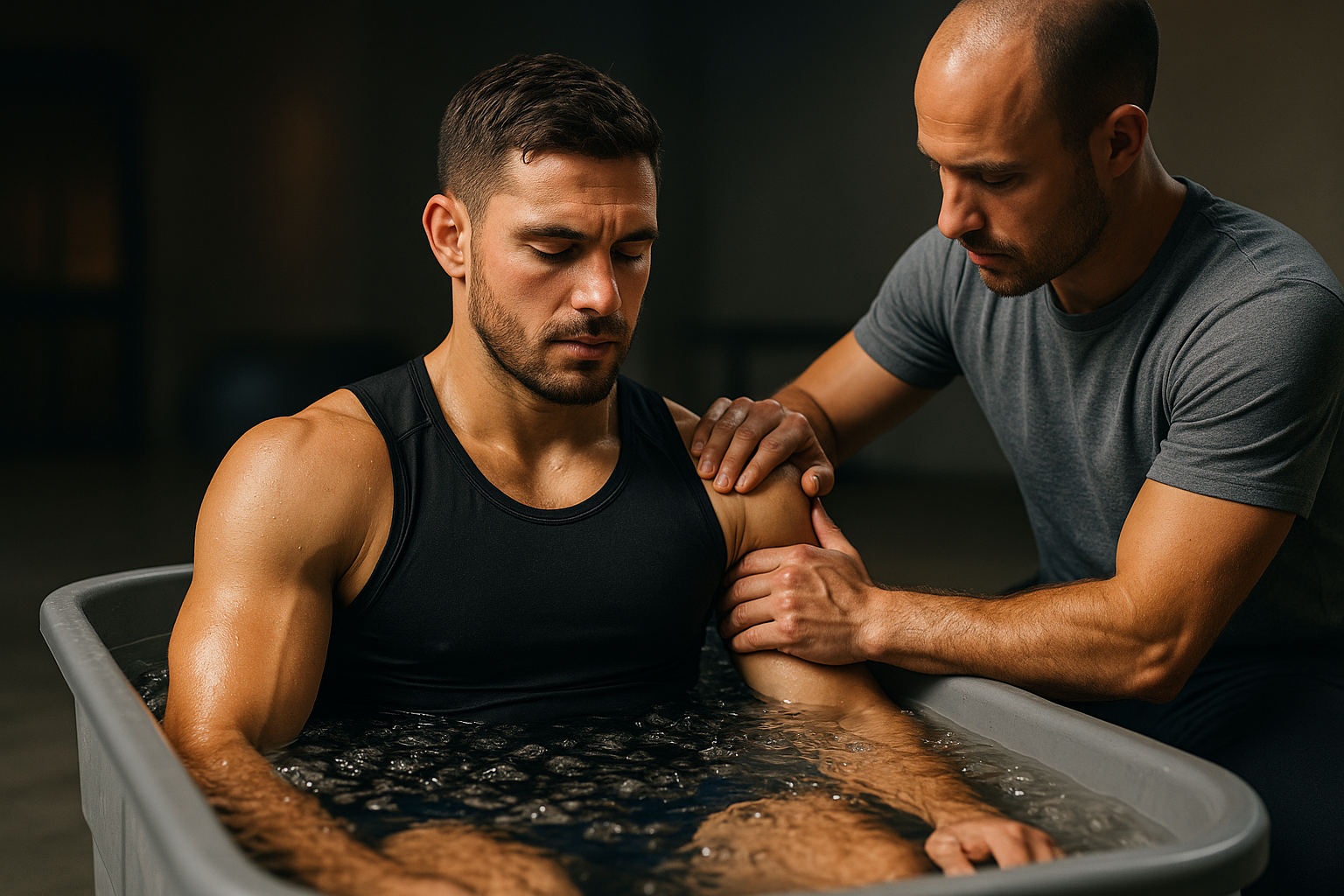Conditioning methods for agility and directional control
Developing agility and directional control combines targeted movement drills with broader conditioning elements such as strength, mobility, endurance, and recovery. This article outlines practical methods—assessment, structured progressions, and technique cues—that support safer, more efficient change-of-direction performance across sports and activity levels.

This article presents practical conditioning methods that improve agility and directional control while addressing injury risk, mobility, and overall performance. Athletes and coaches can use structured assessments and progressions to integrate strength, coordination, and endurance with sport-specific technique. Emphasis is placed on measurable improvements, sensible periodization, and recovery strategies to sustain performance over time. This article is for informational purposes only and should not be considered medical advice. Please consult a qualified healthcare professional for personalized guidance and treatment.
Assessment and technique
Begin with a baseline assessment to identify strengths and limitations related to agility and directional control. Simple tests such as timed change-of-direction runs, single-leg balance checks, and movement screens can reveal deficits in coordination, mobility, or strength. Video analysis of cutting and pivoting actions helps isolate technical errors—late foot placement, poor hip alignment, or inadequate deceleration mechanics. Use findings to prioritize drills and corrective exercises that address the most limiting factors, and re-test periodically to track progress.
Warmup, mobility, and biomechanics
A dynamic warmup that includes mobility work primes the neuromuscular system and clarifies biomechanics before high-intensity directional work. Include hip openers, thoracic rotation, ankle dorsiflexion drills, and active leg swings to improve range of motion relevant to cutting and cutting angles. Integrate movement-quality cues—soft knees, chest over the hips, controlled arm drives—to reinforce efficient joint angles. Improved mobility and cleaner biomechanics reduce compensatory patterns that increase injury risk during rapid direction changes.
Strength and coordination
Strength underpins safe and effective directional control. Focus on multi-joint strength—squats, deadlifts, lunges—and single-leg variations to build unilateral capacity. Emphasize eccentric strength for deceleration: Nordic hamstring variations, controlled step-downs, and eccentric-loaded squats develop the tissue capacity to absorb force. Pair strength work with coordination drills such as ladder footwork, crossover steps, and tempoed single-leg hops to translate raw force into controlled movement. Progress resistance and complexity gradually to preserve technique.
Agility, endurance, and neuromuscular control
Agility training blends perceptual demands with movement speed; effective conditioning targets both the body and the decision-making elements of change of direction. Use planned drills at first—shuttle runs and cone patterns—then progress to reactive drills that require stimulus-response actions (coach signals, visual cues). Include short high-intensity intervals to build the specific endurance needed for repeated efforts in training and competition. Monitor fatigue closely: coordination and directional control degrade when endurance is insufficient, increasing injury risk.
Periodization, recovery, and injury management
Periodization helps balance load, skill development, and recovery. Structure training blocks that alternate intensity and focus—technical work, strength phases, and power/plyometric phases—so tissues adapt without overload. Plan deload weeks and incorporate active recovery methods like low-intensity mobility sessions, targeted soft-tissue work, and progressive cooldowns. When injury occurs, prioritize tissue healing, graded return-to-play protocols, and reassessment of movement patterns to prevent recurrence. Collaboration with medical and rehabilitation professionals is advised for significant injuries.
Nutrition, cooldown, and monitoring
Nutrition supports recovery and tissue adaptation; adequate protein intake and sufficient calories are fundamental during high-load training phases. Hydration and timing of carbohydrate intake influence repeated-sprint ability and overall training quality. End sessions with a structured cooldown that includes light aerobic work and stretching to aid recovery and restore range of motion. Use objective monitoring—session RPE, jump-height tests, or wearable load metrics—to guide adjustments in training volume and intensity and ensure steady progress without excessive fatigue.
Conclusion
Improving agility and directional control requires an integrated approach: assess movement and technique, build requisite strength and mobility, train specific agility and endurance demands, and manage load through periodization and recovery. Attention to biomechanics, coordinated progression of drills, and sensible nutritional and monitoring practices will help athletes move more efficiently and reduce injury risk while enhancing performance over time.





